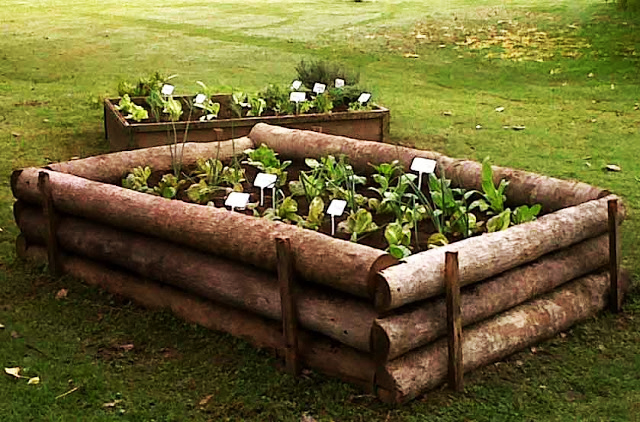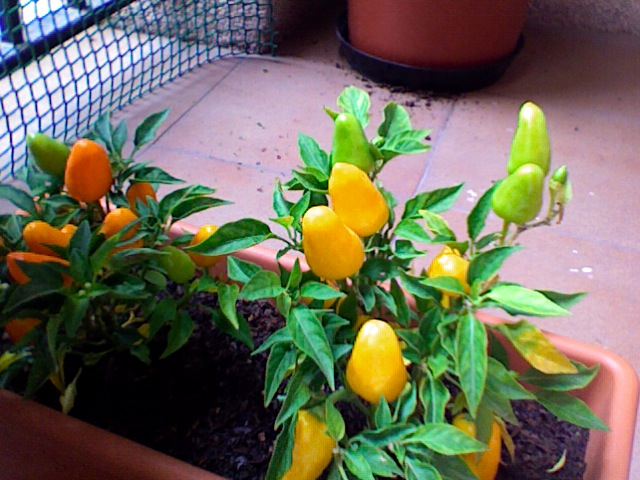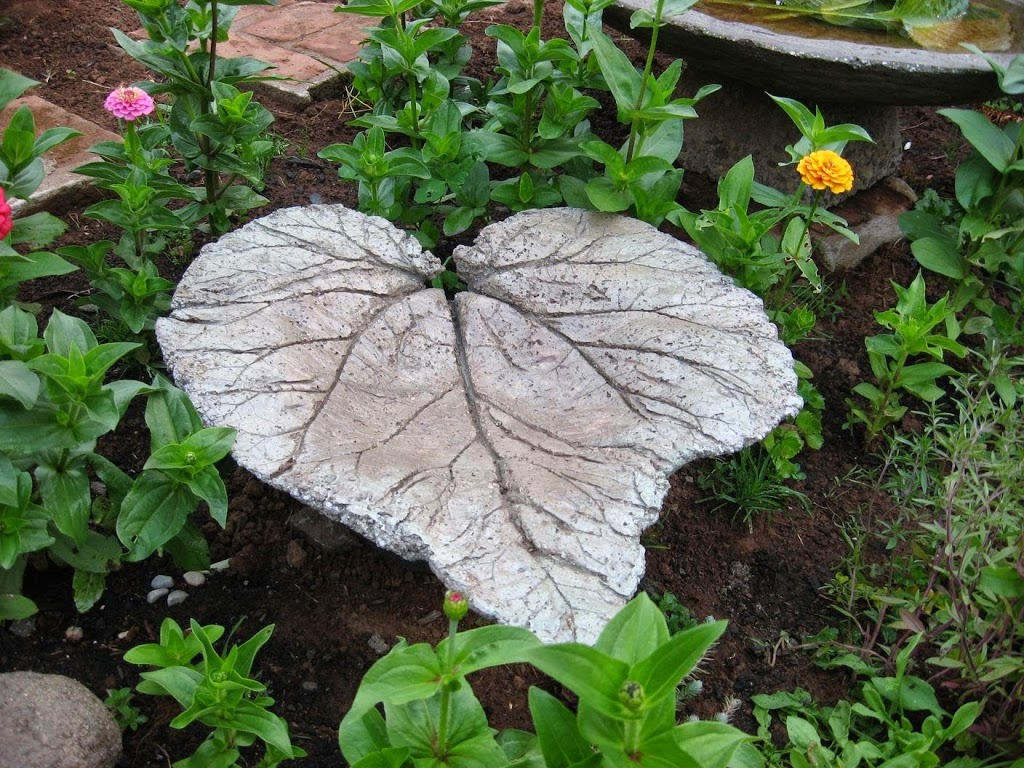Spring is one of the best times to sow. Of course, the most delicate plants need to grow in seedlings to prevent them from suffering from insects and temperature changes. Here we tell you the secrets to grow strong plants.
First steps to have a healthy garden
Practical guidelines for the correct construction of a garden taking into account its location, soil preparation, irrigation recommendations, use of fertilizers and insect control. Everything you need to know about a vegetable garden.
Location
Oriented to the north in the southern hemisphere and to the south in the northern hemisphere; in a well-ventilated space or area and in full sun, that does not receive the shade of trees or buildings permanently and if possible, never. That the soil is good and as flat as possible and there is plenty of water available for irrigation.
Design
Having chosen the place where the garden will be held, it is advisable to previously make a design on paper, defining the different cultivation areas (flowerbeds) and the interior paths or roads, which also serve to delimit.
If the garden is to be permanent, the main paths can be made elevated above ground level with construction materials (brick, stones, concrete, etc.) or with rammed earth. Also design, if you want and can, the irrigation system placing the main and secondary pipes in the plan in such a way that the entire planting area is covered.
Protection
A perimeter fence should be built with an access gate wide enough to pass a wheelbarrow. The fence must be high and strong enough to prevent the entry of animals, but it must allow air and light to pass through (woven wire, fence, etc.).
To avoid the invasion of surrounding creeping weeds, it should have, around its entire perimeter, a barrier that protrudes 15 or 20 centimeters, which can be done by partially burying bricks, tiles, tiles, etc.
Soil preparation
Weeding and removing stones and rubbish. If it is very dry, water abundantly and let it air for 1 or 2 days. The richest part of the soil is the surface (the first 20 or 30 cm.), So it is not convenient to carry out the classic stippling by turning the earth. Proceed like this:
First it is convenient to loosen the earth with a shovel or fork (beech), introducing it about 15 cm. and moving back and forth without turning the earth. 2. Cover with a layer of organic compost (manure or worm castings) and mix with the removed soil using a rake.
At one end of the bed, dig a trench of about 20 cm. deep and 20 to 25 cm. wide along the entire length and place each loaf of soil at the opposite end of the bed. At the bottom of the ditch, it is convenient to place plant debris (leaves, grass, straw, weeds, etc.).
Then another parallel trench is dug and the earth that is removed is placed over the first trench without turning it over. Proceed in this way with the entire surface and in the last trench the land that we reserved from the first will be placed.
Rake the surface, crush the clods, spread compost (manure or worm castings), cover with straw or branches and water. 5. Leave covered and rest for 15 to 20 days before sowing, keep humidity.
Maintenance
After the harvest, you will have to prepare the soil again for a new sowing, but it will not be necessary to work as much as the first time. Just remove the surface layer with a shovel, hoe, pitchfork, etc. so that the earth becomes fluffy; Add compost and rake to mix it in, while removing large roots and weeds and breaking up clumps.
If you are going to sow seeds directly, it is advisable to keep the fertilized soil at rest and with humidity for about 10 days so that the compost is degraded; If you are going to transplant seedlings from the seedbed, you can do it a week, and if the seedlings are with soil bread (from pots, cultivation tray, etc.), you can do it immediately.
Irrigation recommendations
- Preferably water with water without chlorine (it is better to use the one from the tank; it has less).
- Do not irrigate with high salinity water (salts remain in the soil and can saturate it!).
- Do it when the sun goes down or before it rises.
- Preferentially water the soil (some plants are detrimental to their foliage getting wet)
- Regulate the jet outlet so that the soil is not disturbed.
- In pots, water carefully avoiding washing the soil (nutrients are lost); do it little by little and gently until the dripping begins.
- Avoid waterlogging or pronounced drying of the soil. If this happens, watering normally, improve it.
- For some vegetables, micro sprinklers (lettuce, chard, etc.) are ideal and for other vegetables (tomatoes, peppers, etc.), shrubs, fruit trees and potted plants, drip irrigation.
- Not all plants require daily watering. If you water them indiscriminately, every day some will get sick.
Insect control with homemade preparations
- Nettle Purine (Repellent to prevent insect attack): Macerate 100 g of nettles in a glass or plastic container for two days.
- Wood Ash (prevents the attack of worms on leafy vegetables): Surround the plant with ash.
- Tobacco Solution (Controls mealybugs, worms and aphids): Macerate 60 g of tobacco in 1 liter of water, then add 10 g of white soap and mix well. Dilute 1 part of the solution in 4 of water and spray. Garlic Alcohol (Eliminates mites, aphids and worms): Blend 4 or 5 garlic cloves, 1/2 liter of water and 1/2 liter of fine alcohol for 3 minutes with a blender. Strain and store in a jar with a lid in the refrigerator. Spray attacked plants.
- Kill Cockroaches: Mix in equal parts: Gypsum, Flour and Icing Sugar. Place in places they usually frequent.









